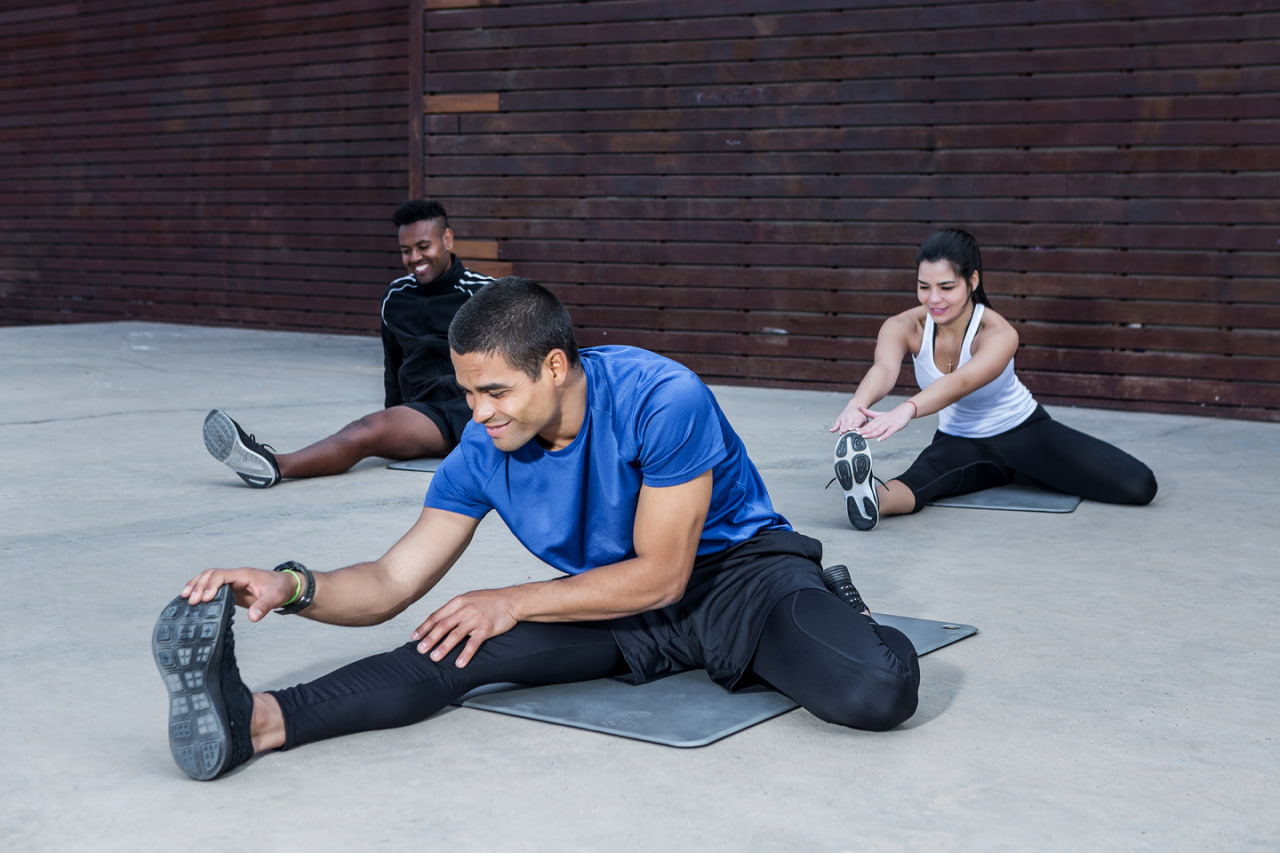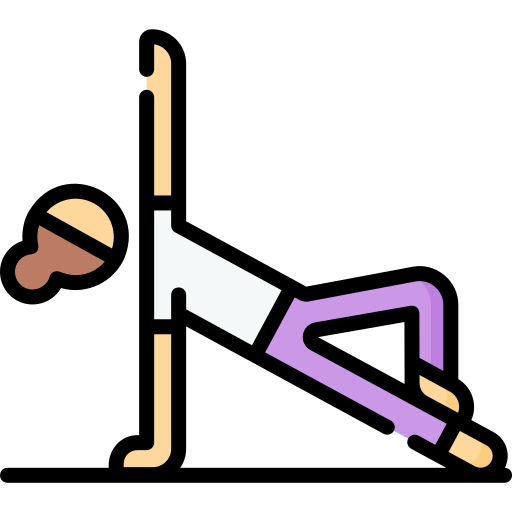
Understanding What Flexibility Really Means
Flexibility is more than just being able to touch your toes or perform a deep split. It’s the ability of your joints and muscles to move through their full range of motion with ease and control. Scientifically, flexibility depends on the elasticity of muscles, the length of tendons, and the structure of joints. Every individual has a unique level of flexibility determined by genetics, activity level, and lifestyle habits.
When muscles are flexible, they allow smoother movement, better posture, and lower risk of injuries. However, flexibility is not just a physical attribute—it’s also influenced by how your nervous system responds to movement and tension. This is why flexibility training should always include controlled breathing, awareness, and gradual progression rather than forceful stretching.
The Role of Muscles and Connective Tissue
Muscles are made up of fibers that contract and lengthen to produce movement. Around them are connective tissues—tendons, ligaments, and fascia—that support and stabilize joints. When you stretch, you’re not only lengthening the muscle fibers but also influencing these connective tissues.
Tendons connect muscles to bones and are designed to handle tension. They don’t stretch much, which is why overstraining them can cause injury. Ligaments, which connect bone to bone, are even less flexible and provide joint stability. Fascia, a web-like layer covering muscles, can become tight or restricted due to inactivity or poor posture. Regular, gentle stretching helps keep the fascia supple and allows the muscles to move freely.
How the Nervous System Controls Flexibility
One of the most fascinating aspects of flexibility is the role of the nervous system. The brain and spinal cord constantly monitor how far your muscles can stretch without risk. This built-in safety mechanism, known as the stretch reflex, prevents muscles from overstretching and tearing.
When a muscle is stretched too quickly, sensors called muscle spindles send signals to contract and protect it. Over time, consistent stretching helps the nervous system adapt. The body learns that a greater range of motion is safe, gradually increasing flexibility without triggering the reflex. That’s why patience and slow, controlled movements are key—forcing a stretch can actually make muscles tighten instead of relax.
The Science Behind Static and Dynamic Stretching
There are two main types of stretching—static and dynamic. Static stretching involves holding a position for several seconds, allowing muscles to lengthen slowly. This type is ideal after workouts when the muscles are warm and more pliable. It helps reduce stiffness and maintain long-term flexibility.
Dynamic stretching, on the other hand, uses active movements to prepare the muscles and joints for activity. These stretches increase blood flow and raise the muscle temperature, making them essential before workouts, dance sessions, or athletic performance. Unlike static stretches, dynamic movements mimic the actions you’re about to perform, improving coordination and mobility at the same time.
Both methods are valuable when applied correctly. The science suggests that dynamic stretching should come before physical activity to prime the body, while static stretching is best afterward to promote recovery and relaxation.
The Impact of Age and Lifestyle on Flexibility
Flexibility naturally declines with age due to reduced elasticity in muscles and connective tissues. Sedentary lifestyles accelerate this process, as muscles shorten and joints stiffen from lack of use. However, the decline is not inevitable. Studies show that consistent flexibility training can maintain or even improve range of motion at any age.
Daily movement habits also play a huge role. People who spend long hours sitting often experience tight hips, hamstrings, and lower backs. Introducing short, frequent stretching sessions throughout the day can counteract these effects. Hydration, nutrition, and recovery practices further support the health of muscles and joints. Collagen-rich foods, adequate protein, and proper hydration help maintain tissue elasticity over time.
The Benefits Beyond Physical Performance
While most people associate flexibility with athletic performance, the science shows its benefits go much deeper. Improved flexibility enhances circulation, reduces muscle tension, and supports better alignment. It can relieve chronic pain, particularly in the back and neck, by releasing tight areas that pull the body out of balance.
Flexibility training also promotes relaxation through its connection with the parasympathetic nervous system—the body’s natural “rest and digest” mode. Deep breathing and slow stretching activate this system, lowering stress hormones and improving mental clarity. In this way, flexibility is not only a component of physical health but also an essential tool for emotional and psychological well-being.
